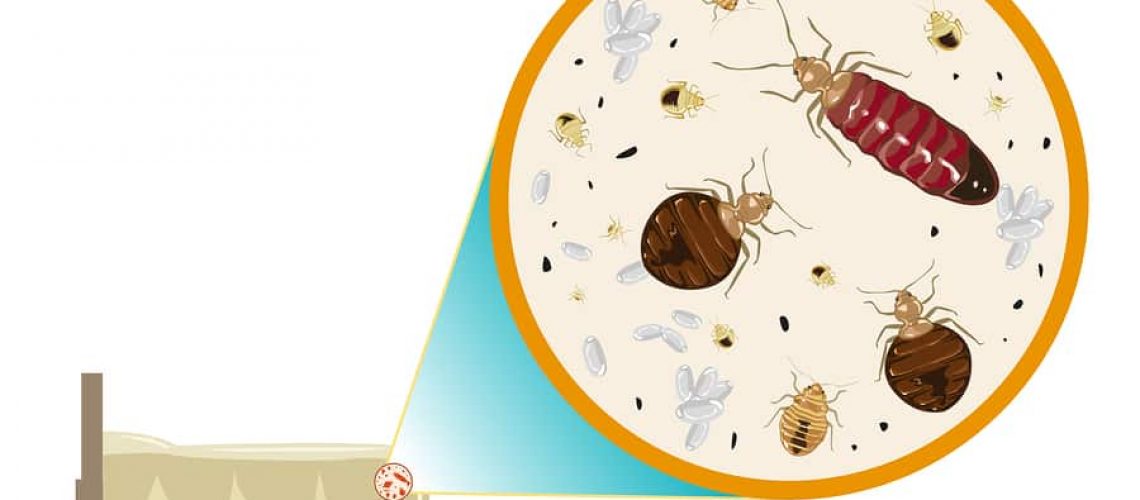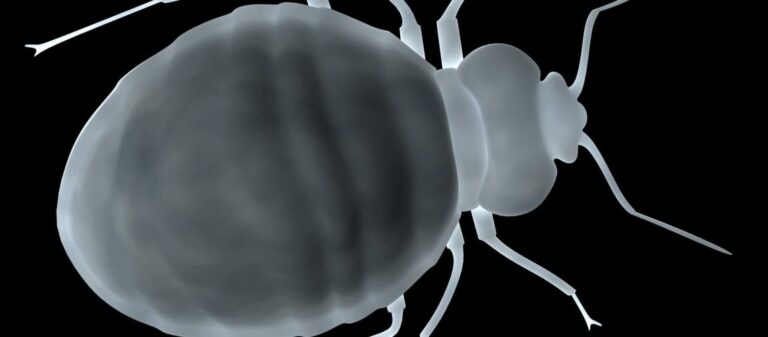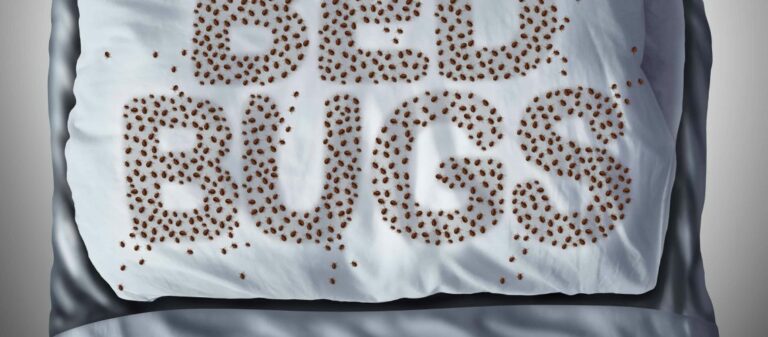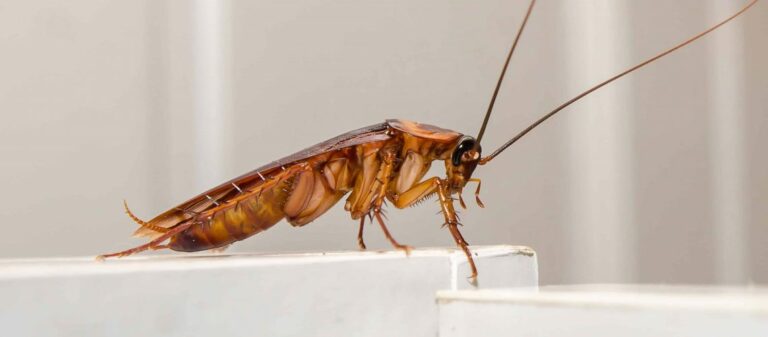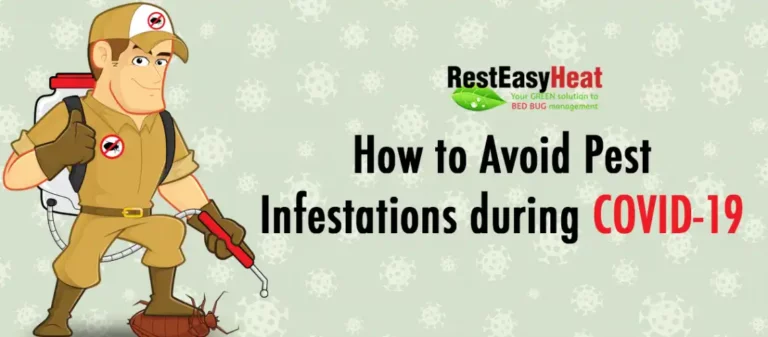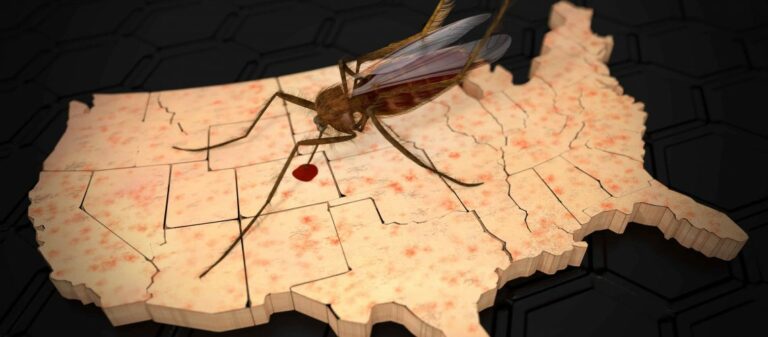The only way to truly know if you have a bed bug infestation is to find live bed bugs or eggs. Other signs you can look for that may represent bed bugs can be shed skins, spots of blood or fecal matter, but these on their own only show that there was a bed bug infestation at some point. That infestation may have been destroyed, died over time or still be active. The following are typical signs of a bed bug infestation:1) Live Bed Bugs.In order to say you have a problem with bed bugs at your site location, you must first find one or more live bed bugs or eggs that have not been hatched. You must find one or more live bed bugs (or healthy, unhatched eggs) before you can say there is a bed bug problem at the site today. Anybody can discover live Bed Bugs in a large infestation, yet live bugs are hard to discover in the earlier phases of an infestation or when there is only a small amount of bugs present. Besides visual investigation, there are instruments accessible to help detect bed bugs including screens, traps and Dogs specifically trained to sniff out Bed Bugs. Any of these tools can discover Bed Bugs when utilized in the proper manner, however all have restrictions and can be inaccurate.2) Shed Skins and Dead Bed Bugs.In order to grow in size, a bed bug will shed its skin, five times. The old exoskeleton that is discarded is strong and durable. The skins that are shed are similar to the shape and size of the bug although empty and translucent. Be cautious that you don’t confuse the shed skins of a bed bug with those of a cockroach or beetle. If you find a large amount of these shed skins, there is a good chance you have found the area that the Bed Bugs are hiding.If bed bug skins are discovered it means that bed bugs were in the area at one time. Examine for live Bed Bugs quickly around the area where you found the skins since it is presently a known site. Take a good look at the skins because tiny bed bug nymphs may sometimes be disguised inside the shed skins of bigger nymphs and female bed bugs may use the shed skins to store their eggs.If you find dead bugs, it only confirms that they were at the location at some point, similar to finding skins. The bed bug carcass stays intact for months or even years.3) Bloodstains.Bloodstains are different than fecal spots. Brownish red or brown bloody spots that are found on bed sheets, clothes and pillows are from both the bed bug and the victim. When a person is bitten they will generally have a small amount of bleeding from the area where the bed bugs beak has entered. The bed bug will often drip some blood out of its rear end before completing its feeding.
If you find stains of blood on bedding it does not always mean you have a bed bug problem. Other liquids can be spilled to leave similar color stains and not all bloodstains in a bed are the result of bed bugs. Being that bloodstains are difficult to clean from bedding, it makes it easier to determine their age. It is also possible to find blood spots on the wall, usually bedside. These can be from people crushing bed bugs that have recently fed.
4) Fecal Spots.
When the blood is digested in the stomach of the bed bug, it comes out as black feces, semi-liquid. As it dries, it will leave behind a slightly raised black spot. Fecal spots left by bed bugs may resemble those left by certain cockroaches, but they have a smooth feel as opposed to a rough texture. If the fecal spot is from a bed bug, when dampened, it will smear. Fecal matter from a cockroach will not.
In an infested area, you will often find fecal spots along mattress seams. These spots are good for isolating the area where the bed bugs are active to give potential treatment. That being said, fecal spots may be long lasting and can represent a previous infestation, just like bloodstains.
5) Bed Bug Eggs.
Bed bug eggs are tiny, clear white and hard to detect, especially when they are inside or between cracks, crevices, or holes or laid on surfaces with light colors. Each day a female bed bug will lay 1 to 3 eggs that will hatch in approximately a week to ten days. The eggs are sticky and will attach easily to rough surfaces. Typically, eggs are found clumped together in infested areas, but since females often travel, more isolated eggs can be found further away from the bed. These isolated eggs are extremely hard to find, often hidden in very small areas, like a screw hole, or behind a paint chip.
Active Bed Bugs can be confirmed by healthy eggs, or at least the potential for active bed bugs once the eggs hatch. The only sure way to know if the egg is vaiable is when it hatches, but there are indications if an egg is healthy. Healthy eggs are plump and white, not dry of shriveled. If the egg is viable, approximately Two or three days before it hatches, two bright red eye spots will become visible near the top of the egg. If the egg has already hatched, the top will be open, empty inside and may appear crumpled.

